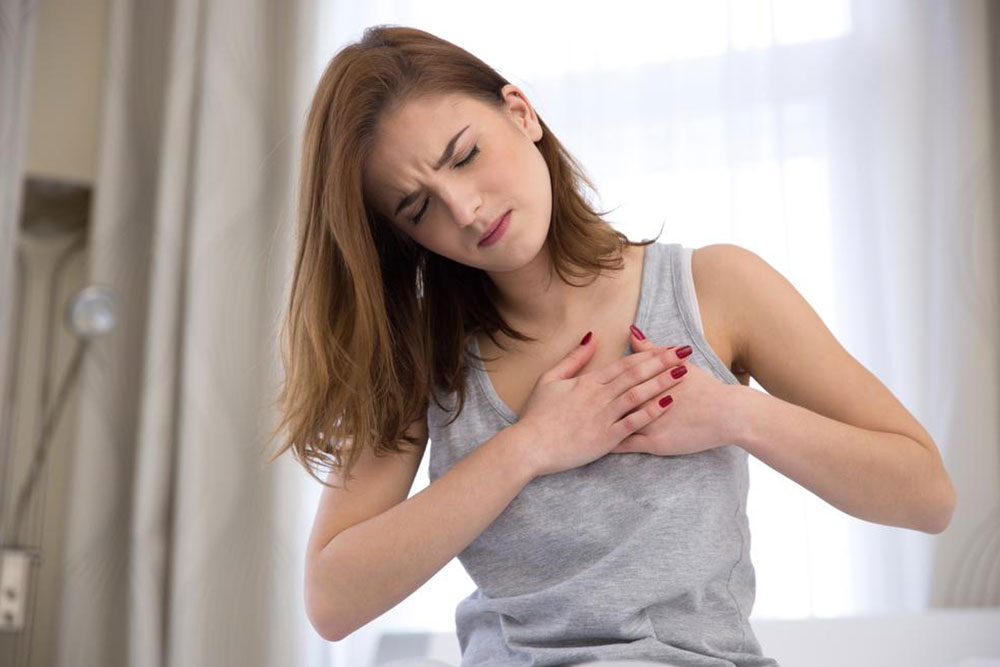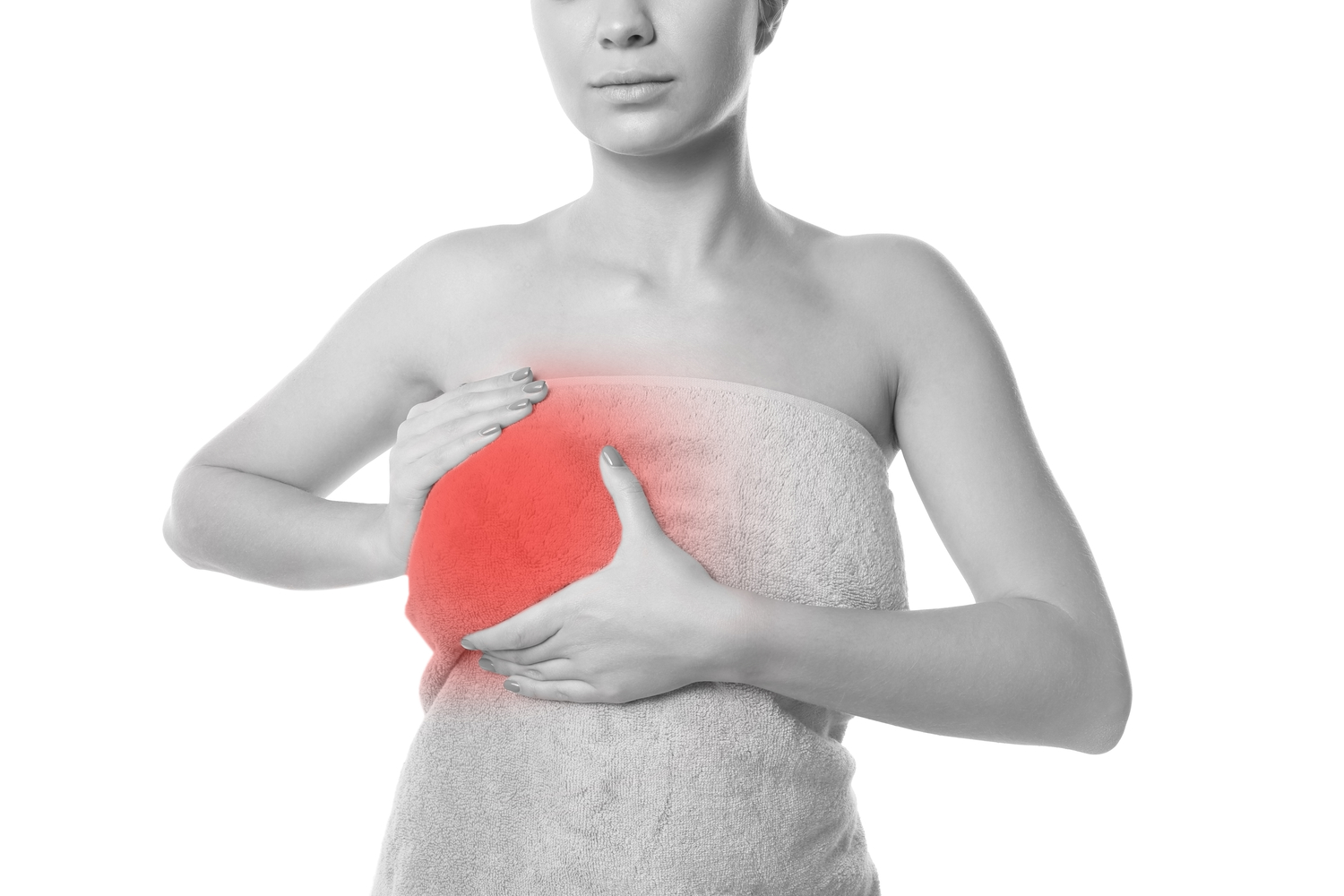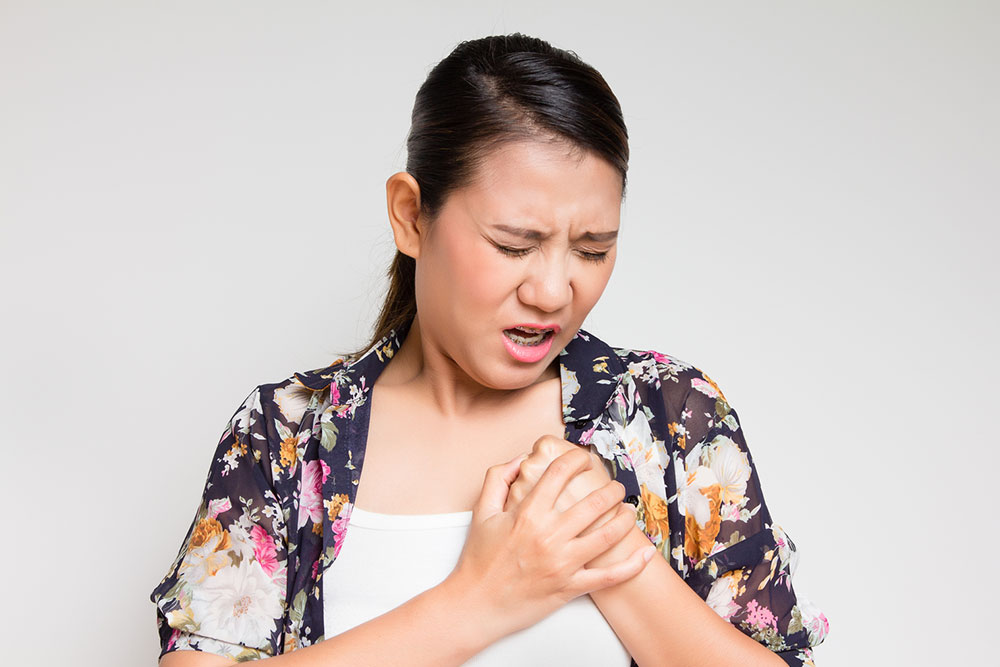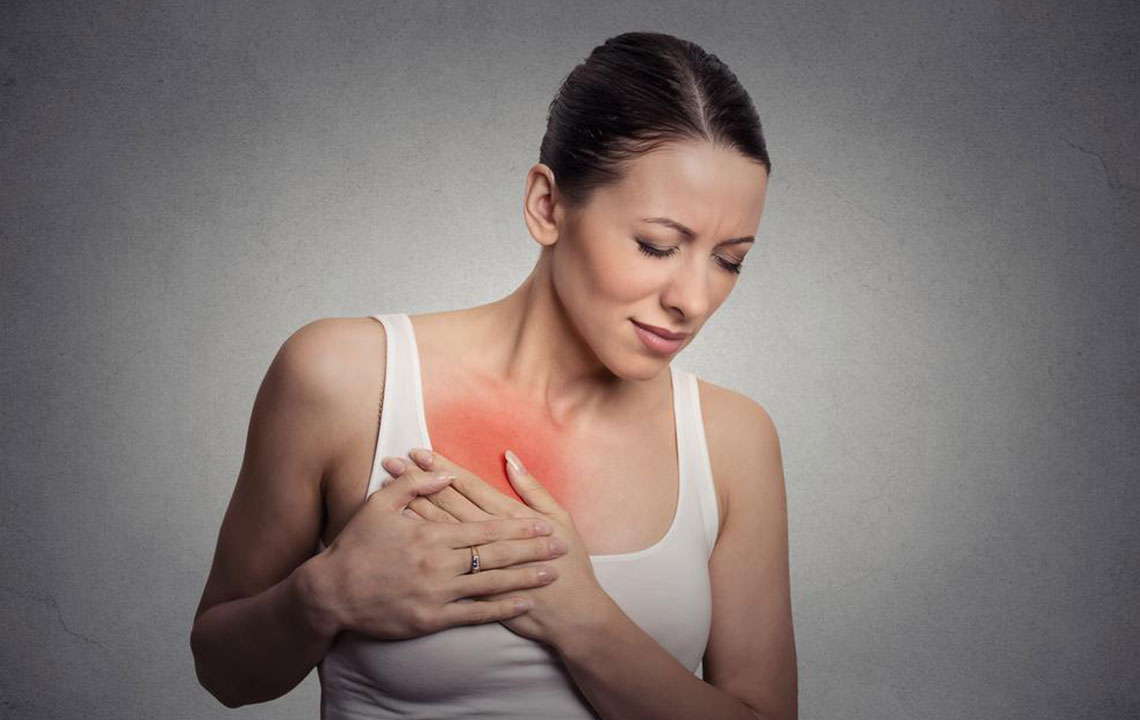Comprehensive Guide to Breast Discomfort: Causes, Symptoms, and Effective Treatment Strategies
This comprehensive guide covers the causes, types, symptoms, and treatment options for breast discomfort. By understanding the difference between cyclic and noncyclic pain, women can better manage their symptoms and know when to seek medical advice. Lifestyle changes, supportive wear, and relaxation techniques are key strategies to alleviate discomfort. Persistent or severe symptoms should lead to professional evaluation to rule out underlying health conditions. Staying informed and proactive about breast health is essential for overall well-being and early detection of potential issues.

Understanding Breast Discomfort: Causes, Symptoms, and Effective Treatment Strategies
Breast discomfort, characterized by soreness, tenderness, or a sensation of heaviness in the breasts and surrounding areas, is a common issue faced by women worldwide. While it can be distressing, it’s essential to recognize that in most cases, breast pain is benign and related to hormonal or lifestyle factors rather than serious conditions. Proper understanding of its causes, symptoms, and treatment options can help women manage the discomfort effectively and seek medical attention when necessary.
Many women encounter some degree of breast pain or discomfort at various points in their lives. The intensity, location, and duration of pain can vary significantly among individuals. Recognizing the underlying causes can aid in targeted relief measures and prevent unnecessary anxiety or misdiagnosis.
Breast discomfort generally divides into two main categories: cyclic and noncyclic pain. These classifications help in understanding the nature and potential causes of the pain.
Cyclic breast pain is closely associated with the menstrual cycle. Women typically experience this type of discomfort about a week before menstruation begins and it often affects both breasts. The pain can extend to areas like the armpits and shoulders, creating a generalized sensation of soreness. Women between the ages of 20 to 40 are most susceptible, owing to hormonal fluctuations during reproductive years. This discomfort usually subsides once menstruation starts and is often linked to hormonal shifts involving estrogen and progesterone, which influence breast tissue swelling and sensitivity.
Noncyclic breast pain affects women beyond their reproductive years and is not linked to menstrual cycles. It tends to be characterized by a burning sensation, soreness, or discomfort that can be localized or spread over a broader area. Unlike cyclic pain, it does not fluctuate with hormonal changes and may persist for weeks or months.
Several factors contribute to noncyclic breast pain. Past injuries, muscle strain, or trauma to the chest wall can cause persistent discomfort. Additionally, conditions like cysts, fibrocystic changes, or even benign tumors can produce localized pain. Noncyclic pain may also develop due to infections, inflammation, or underlying health issues involving the skin or breast tissue.
Understanding whether your discomfort is cyclic or noncyclic is crucial for determining the appropriate treatment plan. If the pain continues beyond a few days or worsens over time, it is essential to consult a healthcare professional for a thorough evaluation.
Here are some comprehensive strategies to help alleviate breast discomfort and improve overall comfort:
Limit caffeine intake: Substances found in chocolates, coffee, tea, and sodas can exacerbate breast tenderness by influencing hormonal levels and fluid retention. Reducing caffeine consumption may significantly reduce discomfort.
Reduce salt intake: Eating a low-sodium diet can help decrease fluid retention, which may contribute to breast swelling and soreness.
Practice stress reduction techniques: Engaging in activities like yoga, meditation, or deep breathing exercises helps lower stress hormones that can intensify breast pain.
Maintain a healthy weight: Achieving and maintaining an optimal body weight reduces hormonal imbalances and minimizes pressure on breast tissues.
Wear supportive bras: Choose well-fitting, supportive bras that do not constrict or irritate the skin. During physical activity, opt for sports bras that provide extra support and reduce bouncing.
Apply cold or heat therapy: Using cold packs can help reduce burning sensations and swelling, while heat pads stimulate blood flow and relax the tissues, alleviating soreness.
Limit hormonal therapies: If you are using hormonal contraceptives or hormone replacement therapy, consult your healthcare provider to evaluate their impact on breast tissue and discomfort.
While lifestyle modifications can significantly reduce breast discomfort, persistent or severe pain warrants medical attention. Always consult a healthcare professional before initiating any new self-care measures. If breast pain lasts longer than two weeks, becomes more intense, or is associated with other symptoms such as lumps, skin changes, or nipple discharge, further diagnostic testing—such as ultrasound, mammography, or biopsy—may be necessary to rule out underlying conditions, including benign cysts, mastitis, or even breast cancer.
In summary, understanding the nature of your breast discomfort and exploring appropriate treatment options can greatly improve your quality of life. Awareness, coupled with regular breast self-examinations and medical checkups, empowers women to maintain breast health and address issues promptly.





